Happy birthday Top Gear – celebrating 40 years of the greatest car show of all time
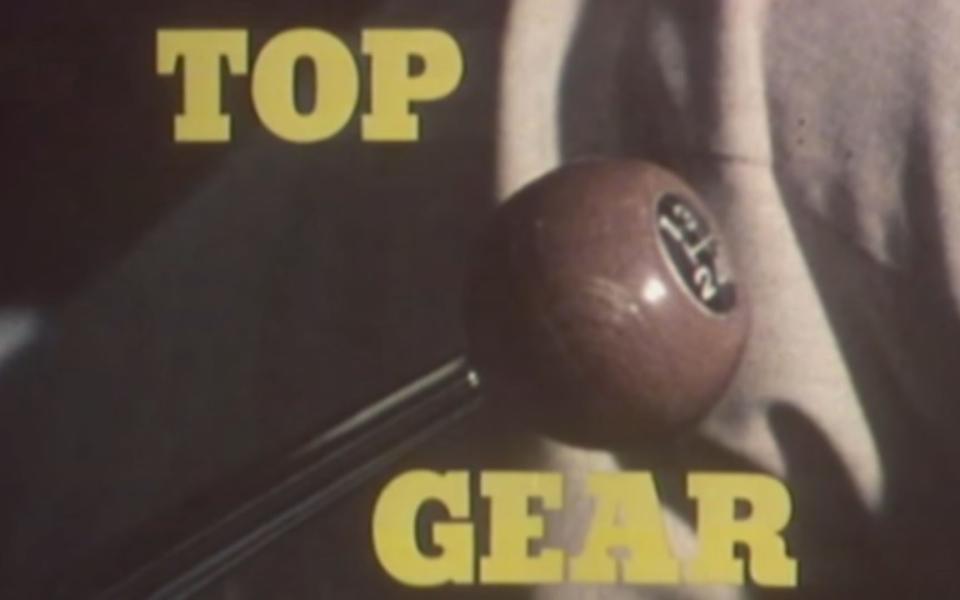
Angela Rippon’s own Ford Capri was the first car ever featured on Top Gear. It roared onto our screens on April 22, 1977, as she drove it up the M1 with a semi-hidden sound technician fidgeting in the back seat. She’d just been introduced by Tom Coyne as “The Girl in the News” and went on to explain that while she’d only owned the car for three months, she’d already driven it over 12,000 miles.

It was a prosaic, unpolished beginning to what would become one of the greatest shows in the history of broadcasting. Nobody watching Top Gear’s debut, shown at 10.15pm that Friday night on BBC Midlands, could possibly have anticipated its impact, nor could they have predicted how this rather timid, special-interest programme would evolve into the global behemoth it is today. That first series was very much a product of its time.
As was the car. The Mk2 Capri was so Seventies you could buy it in John Player Special livery. The model was only slightly younger than the programme’s opening theme, having been launched a couple of months after the Allman Brothers Band released their instrumental single Jessica. While the idea of a cigarette-themed paint job on a road car seems hilariously quaint to most people under the age of 40, the ‘Top Gear music’ is an enduring feature of young people’s weekends to this day.
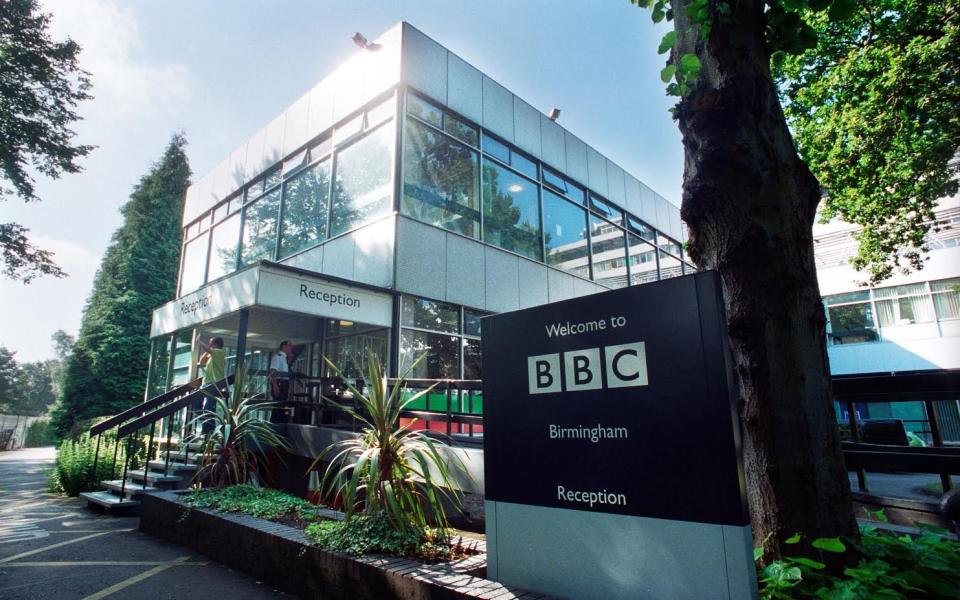
Its presence in your household is thanks to a man called Derek and his son Graham. Derek Smith was a producer at BBC Midlands, and Top Gear was fundamentally his idea. Looking out across the studio’s carpark, he twigged that the Midlands were home to the UK’s car industry, along with many of its motorists and a significant chunk of its modern road infrastructure. It would be interesting to see whether this new automotive world wanted a TV programme about cars.
When he got home that night, he asked his son Graham if he had any ideas for the theme tune. Graham suggested an instrumental from an album that he had, and his father was pleased. Derek Smith died in 2015, having seen his creation become one of the most popular shows on Earth.

The nine episodes in the first series were far from groundbreaking. Even when Top Gear went national in 1978, it remained a workaday factual programme, offering advice and covering the issues faced by motorists at the time. Angela Rippon was joined by the likes of Barrie Hill, Mike Dornan, Judith Jackson and Noel Edmonds, who did much of the actual road testing.
He replaced Angela Rippon as presenter in 1980. Top Gear was still far from glamorous, as evidence by spin-off programme Top Gear Rally Report, which covered British stage rallying in the most matter-of-fact way possible throughout the Eighties.
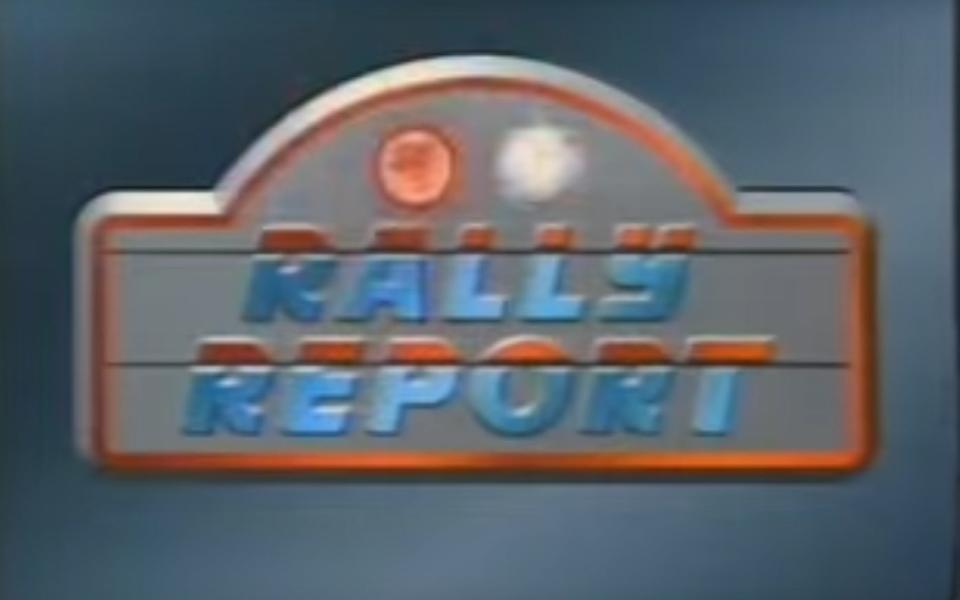
Jeremy Clarkson made his first appearance on Top Gear in 1988. By that time, the programme had been swelling in popularity and had become a powerful consumer broadcast. Car makers had cottoned on to its importance, something that would grow with Clarkson’s presence. His strong opinions and outspoken personality delighted fans, but were viewed with caution by car manufacturers.
Like many in the industry, Clarkson had started his career on the local and regional press. It’s a well-trodden path – a local weekly, then a regional daily, then on to the nationals or, in the case of a car journalist, into a specialist title. Clarkson was writing for Performance Car magazine as a columnist when he first showed up on Top Gear.
Presenters joining in the Eighties and Nineties included a tranche of household names: Quentin Wilson, Tiff Needell, Tony Mason and Vicki Butler-Henderson. But there’s one name that stands out.
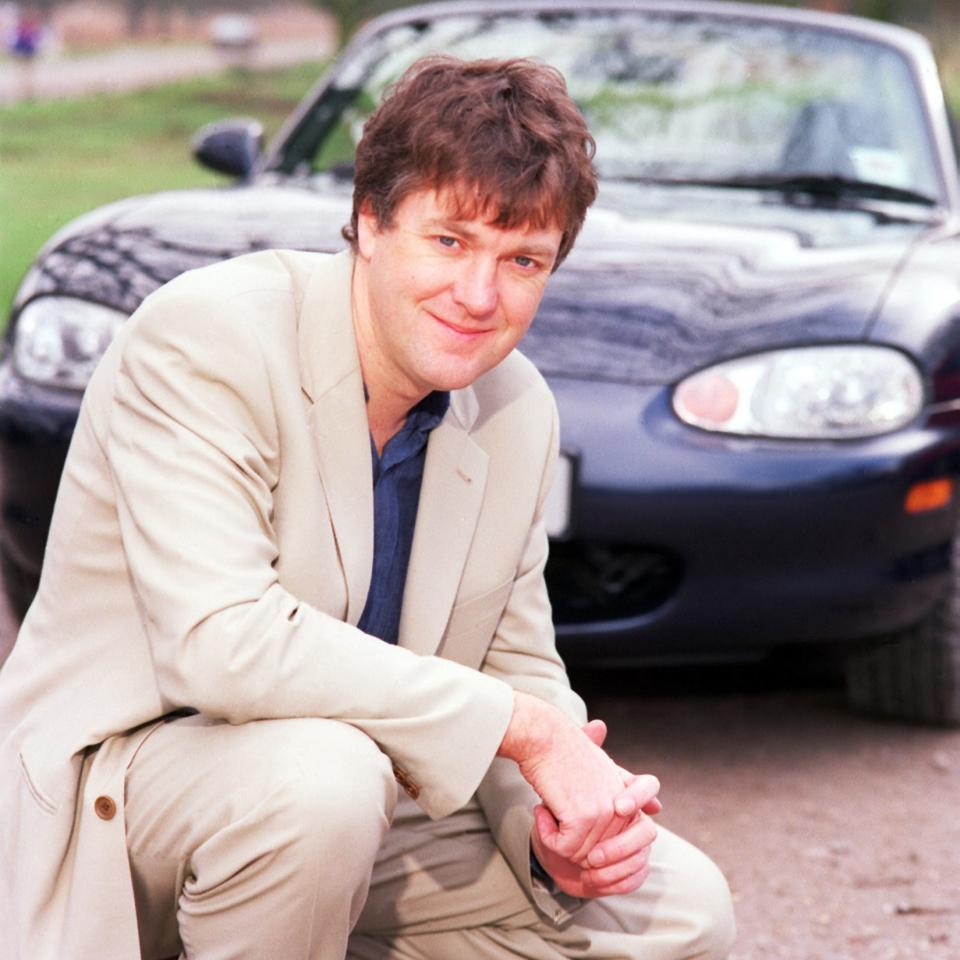
Sub-editing The Engineer is, as jobs in journalism go, about as far removed from presenting Top Gear as it’s possible to get, but that’s precisely the leap that James May had made over the course of the Nineties. He arrived on Top Gear in 1999, a year after Jeremy Clarkson left and just before the decision was made to axe the show.
The death of Top Gear would spawn both Fifth Gear on Channel 5 and Wrong Car, Right Car. It also gave rise to what we now know as “new Top Gear”, the first episode of which aired on October 20, 2002. Jeremy Clarkson and Richard Hammond were joined by Jason Dawe in a thoroughly modernised format – there was a studio, for starters, as well as a Stig and a Star in a Reasonably-Priced Car.
2002 also saw the introduction of Dunsfold Aerodrome as the programme’s base. The Lotus-designed ‘Top Gear test track’ (now probably the most famous circuit in the world) was introduced, with Harry Enfield the first celebrity to use it, setting a time of 2:01 in a Suzuki Liana.
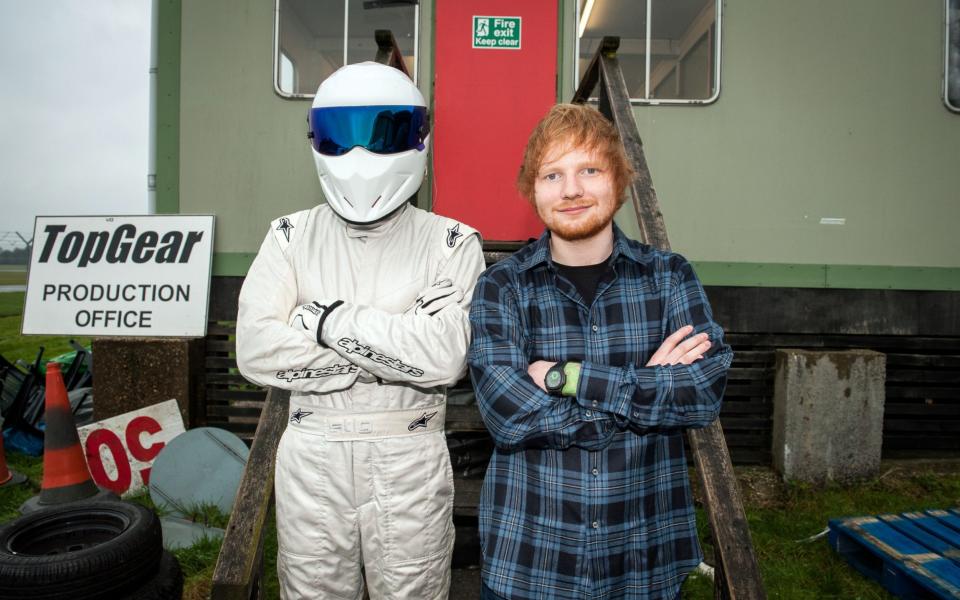
These features were put together by Clarkson and producer Andy Wilman. It feels old-fashioned now, especially considering the first car you see in Episode 1 is a Citroen Berlingo, but it was still an enormous shift away from the relatively stuffy format of the Nineties. Clarkson had originally planned for James May to appear in the 2002 series, but May expressed some doubts about how popular the new style would be. Unsurprisingly, May found the viewer figures for Series One convincing enough to rejoin the programme for 2003, replacing Dawe.
May turns up about half way through the first episode of the second series. “His name is James May,” explains Clarkson. “And on the basis of what we’re about to see, he is a blithering idiot.”
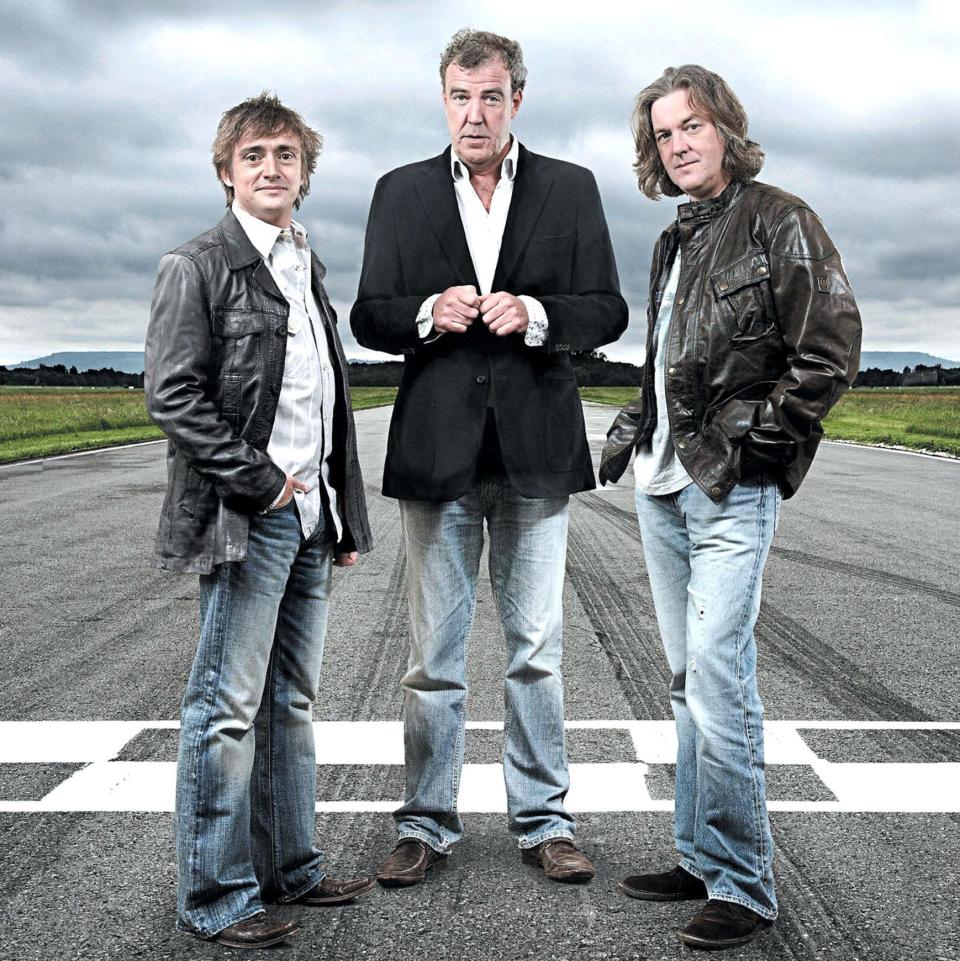
Chemistry is an overused word, but it’s one of the main reasons (or excuses) for enjoying Top Gear. Clarkson, May and Richard Hammond are an entertaining on-screen trio. Re-watching the first episode is a reminder that their natural charisma is backed up by clever scripting and deft characterisation; their Top Gear personalities were competently introduced in that first episode of the second series, laying the foundations for an enduring dynamic.
These personas drew criticisms, as did alleged incidents of racism and homophobia. Hammond said that a Mexican car would reflect Mexican person by being “a lazy, feckless, flatulent oaf”. May offered Hammond a tissue following his 230mph dragster crash “in case he dribbled”. And Clarkson once described a Daihatsu as “gay”.
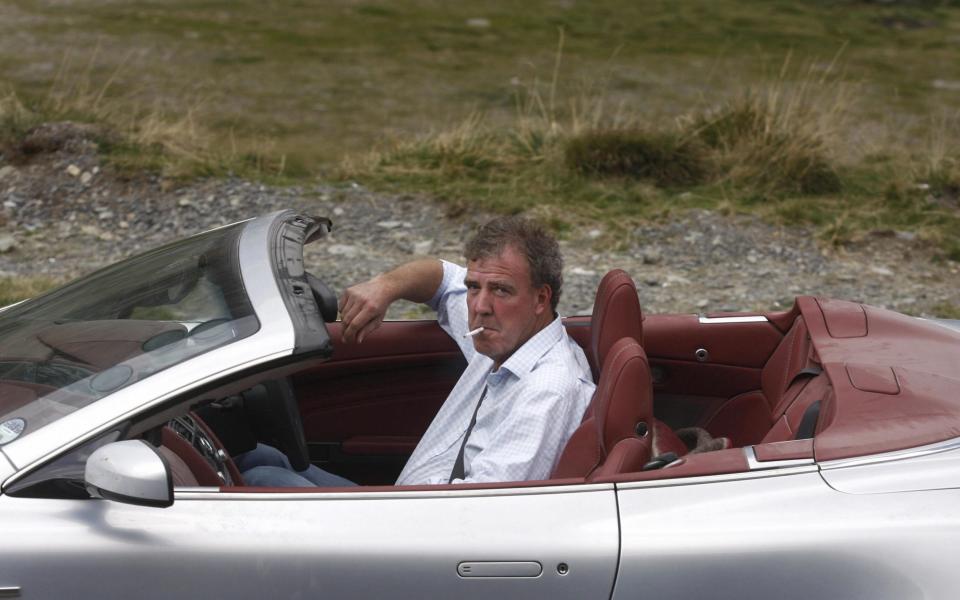
It felt as though Top Gear was living on borrowed time for over a decade, so Clarkson’s decision to verbally and physically abuse producer Oisin Tymon was practically a formality. Clarkson was suspended from the BBC, before Director-General Tony Hall announced that the star’s contract would not be renewed. Both Hammond and May announced that they’d leave the programme too, along with producer Wilman.
Fans called it the end of an era, which is only partially hyperbolic. New Top Gear had become the most popular factual programme in the world, being broadcast in 214 countries. Whatever came next had a tough act to follow.

Which is why what happened next feels a bit unfair. Chris Evans was chosen to be the star presenter of Top Gear in the wake of Clarkson’s dismissal. He was joined by tech expert and presenter Rory Reid, Nurburgring native Sabine Schmitz, Friends star Matt LeBlanc, car journalist Chris “Monkey” Harris and F1 personality Eddie Jordan.
If you have a favourite episode, or even a favourite series, it’s likely to be from the Clarkson, Hammond and May years of 2003 to 2015. It’s unlikely that the programme will ever be as popular as it was during this peak, despite the best efforts of its new, talented and entertaining presenters.
The current series is finding its feet, with mixed reviews and growing support. But it's unfair to compare it to Top Gear in its heyday, which truthfully involved Jeremy Clarkson, Richard Hammond and James May. There are now plans to dig up the iconic test track and replace it with a housing estate – perhaps it’s time for Top Gear to reinvent itself too, maybe even as a factual programme about cars.
Top Gear turns 40 on Saturday 22 April. For car reviews, news and features, visit the Telegraph Cars site here.

